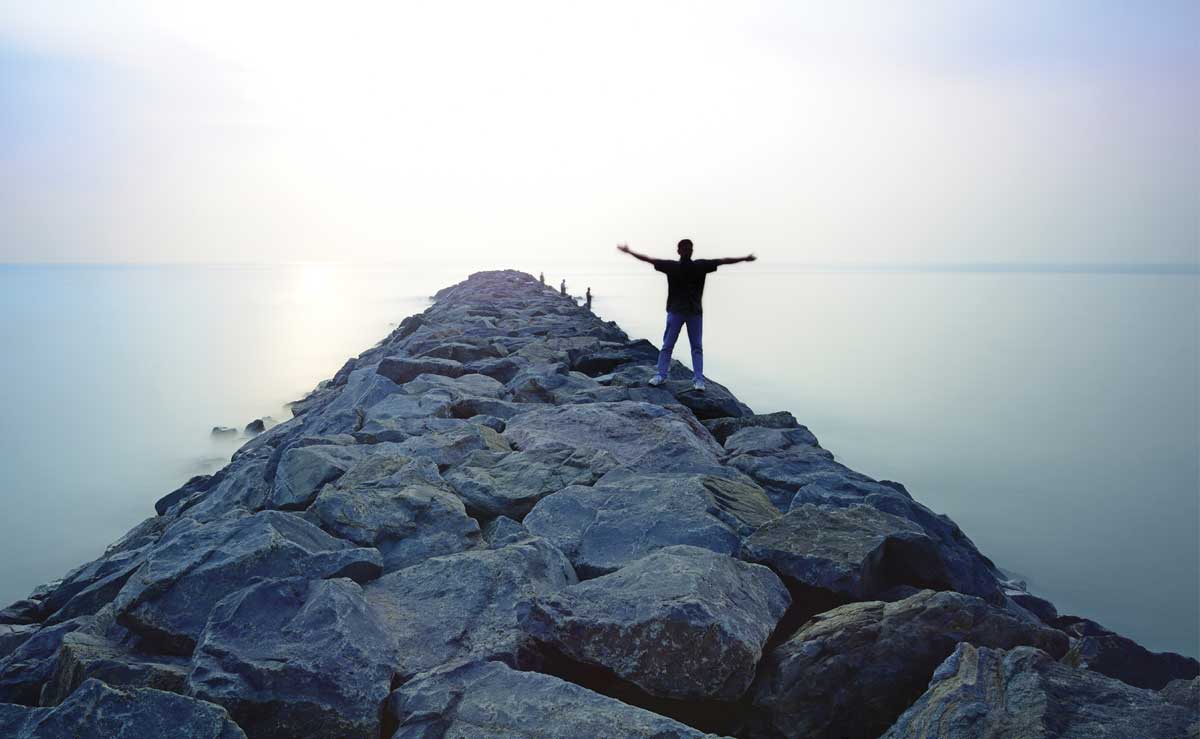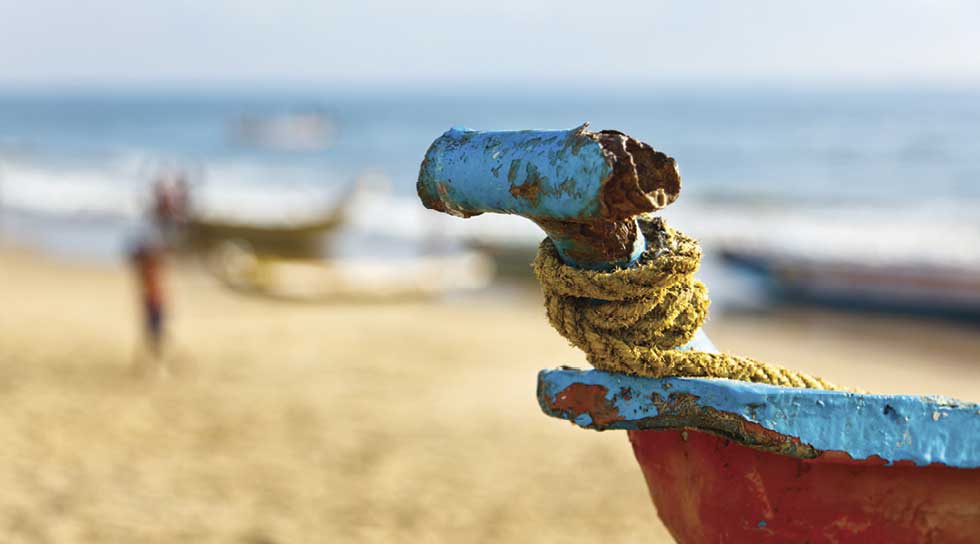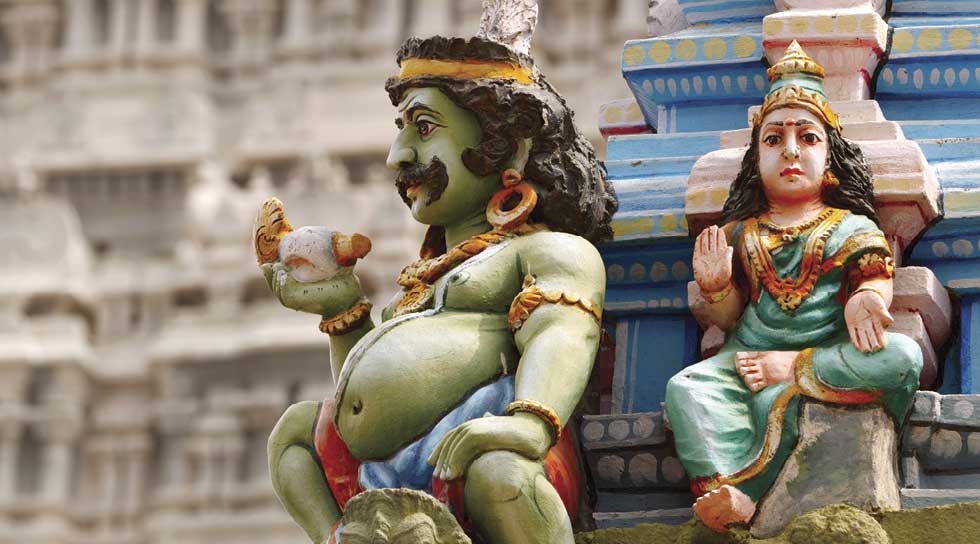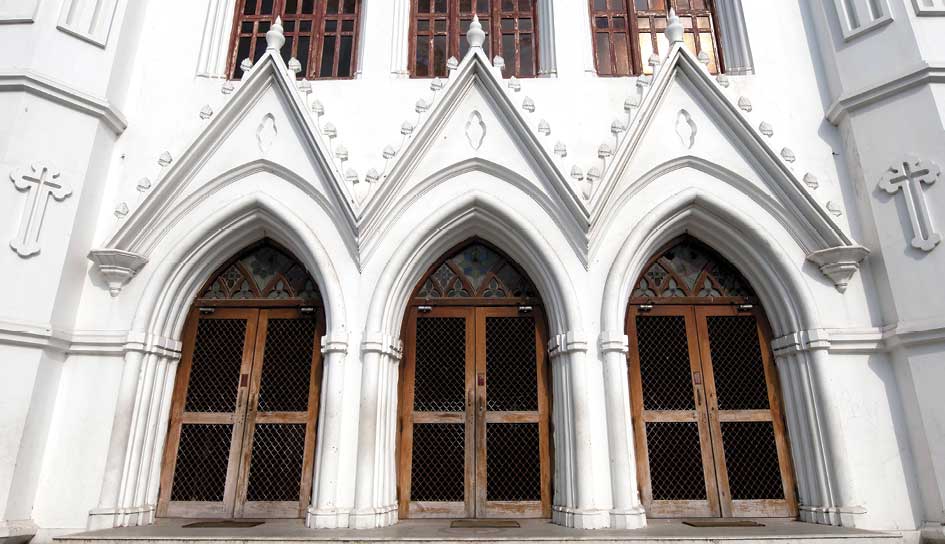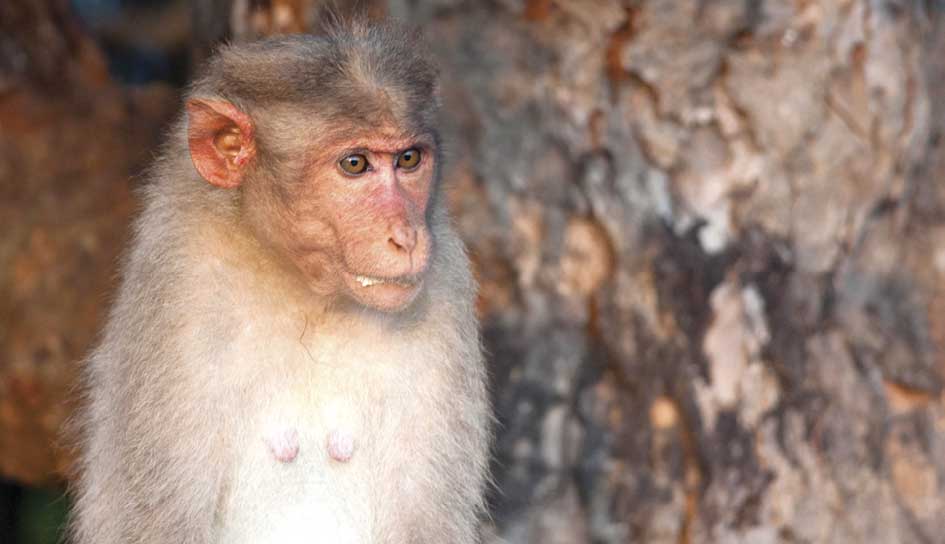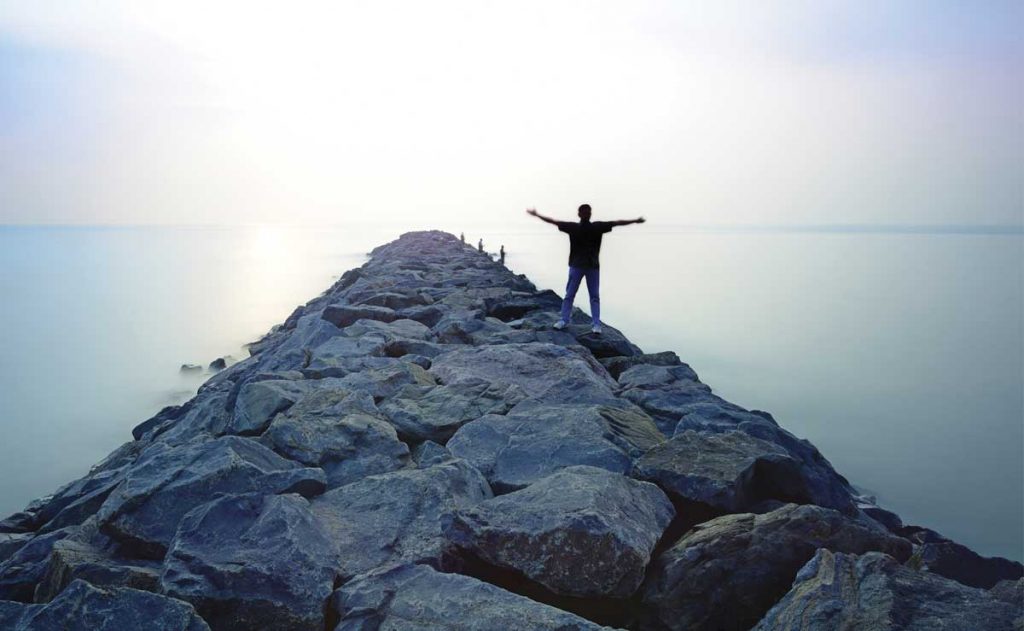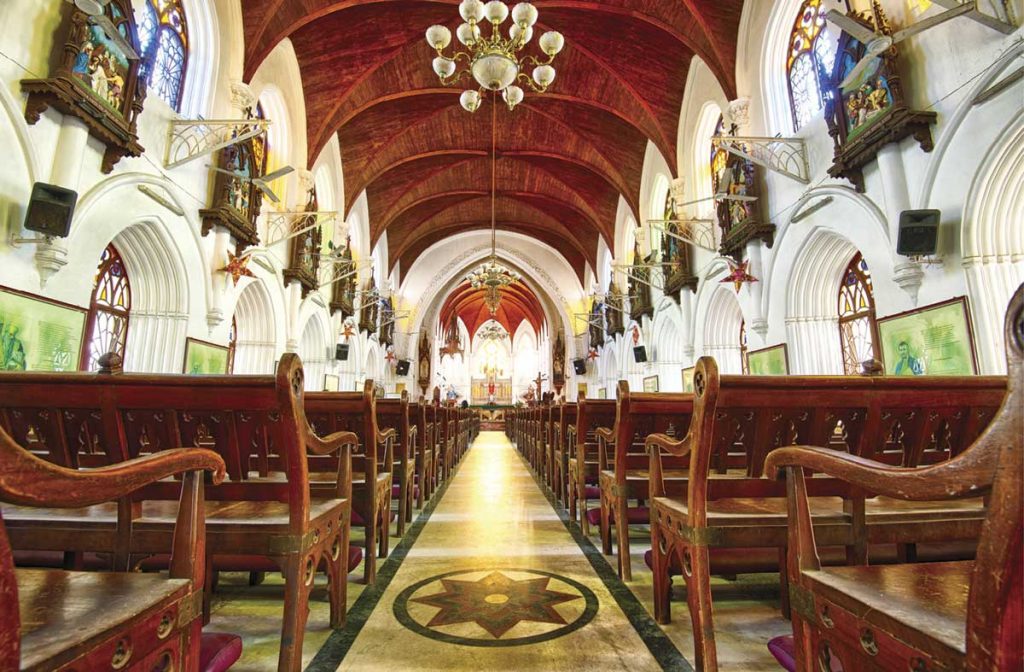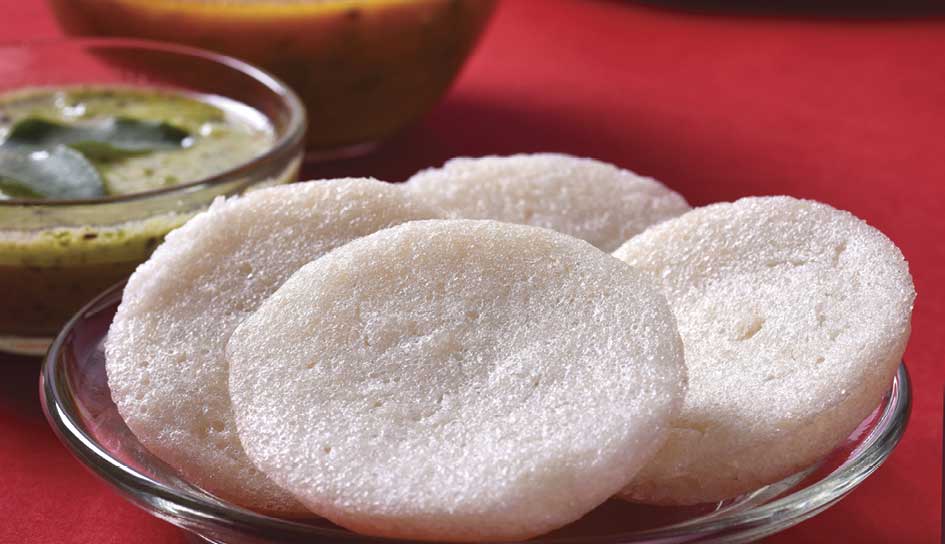Istorical City
Sandip Hor checks on how the British Empire set up camp in the then Madras
The Bay of Bengal laps at its shore. And Chennai (a.k.a. Madras) is often referred to as the birthplace of the British Raj on the subcontinent. Over time, this has attracted history lovers to visit and explore colonial relicts, and learn how Britain changed course from being a trader to becoming a ruler of the waves.
Having arrived in the city in 1639, the British bought land from a local chieftain and built a fortified complex in Madras, to pursue trading activities as well as keep other European traders away. It was named Fort St. George in honour of the patron saint of England and soon burgeoned into a bustling settlement from where the British rolled out their empire to rule India for the next 350 years.
The quarter hasn’t lost its powerhouse status and serves as the hub of the state government. Its former colonial charisma hasn’t vanished entirely, and some streets still bear English names and many well-preserved buildings stand alongside as silent witnesses to history.
FORT MUSEUM A marble statue of former British Governor-General Lord Cornwallis welcomes visitors to this two storey building where an ensemble of artefacts create an informative picture of the early days of the British Raj in Madras.
A ground floor room served as the office of the Madras Bank, which later became part of the Imperial Bank of India. It ended up as the State Bank of India in 1955.
ICONIC CHURCH Built in 1680, St. Mary’s is India’s oldest Anglican Church, which has witnessed weddings, baptisms and funerals of many Europeans. It’s notable as the marriage venue of one-time Madras Governor Elihu Yale, an Anglo-American whose patronage helped found Yale University in the US.
Another wedding held in this church was that of Major General Robert Clive, who is best known for Britain’s victory in the infamous Battle of Plassey in 1757. St. Mary’s is also home to a Bible from 1660 and a 19th century organ.
TEAK FLAGPOLE In 1688, Governor Yale hoisted the Union Jack on a teakwood pole to proclaim the supremacy of the British king. Today, it stands as the subcontinent’s tallest flagpole with the Indian tricolour flying at full staff since independence in 1947.
KEY ATTRACTIONS Besides Chennai’s colonial heritage, other activities include visiting Marina Beach (the longest strand in India) and Kapaleeshwarar Temple, which is always packed with thousands of pilgrims; dipping into local history at the Government Museum; and viewing the exquisite temple art at nearby Mahabalipuram.

